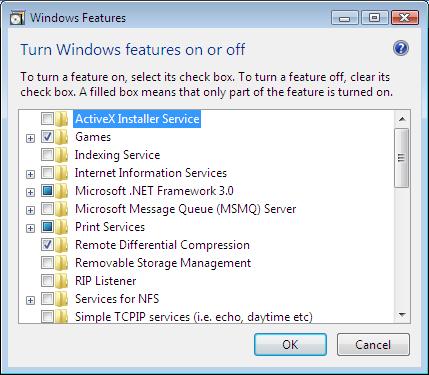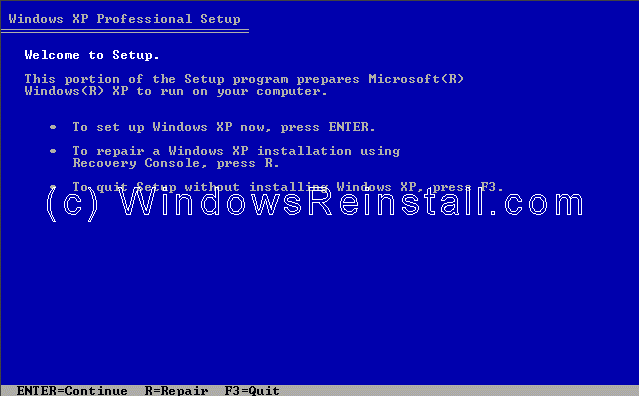

Within seconds you will be told whether the check has found any issues or not, you can then decide if more serious action is needed to repair. NET you want to check from the drop down and click Verify Now. Simply download and run the tool, select the version of. NET are missing or corrupt, the program will tell you. If any files, folders or registry entries relating to. NET Framework Setup Verification Tool is able to help you in these situations and run a check on the versions of. NET has some corruption but just one program crashing alone could be a one off.Ī small tool called. Several programs failing is probably a giveaway. Trying to repair non existent issues could lead to all manor of problems. NET errors could have an issue of its own and the Framework itself isn’t to blame. Of course it’s entirely possible a program you are trying to run that is producing. Although this method doesn't require you to edit your registry, you should still be careful when you delete these applications.Run a Quick Scan For. There are some applications Microsoft wants you to keep installed (like Xbox, Mail, Calendar, Calculator and Store.) In Windows 10, some of those can be deleted using PowerShell. Be careful - Microsoft cautions that editing the registry can cause serious problems if done incorrectly and recommends backing up the registry first. If this is the case, you can solve the problem by editing the registry name. If the registry key name is longer than 60 characters long, this could be the reason. There are a couple of reasons why this might be. You may find that where are some applications that don't give you an option to uninstall them at all. On the list of applications, you can right-click to access an Uninstall button. After right-clicking on the Start Menu, choose Settings. For these, you can uninstall them from the Settings menu, much as in earlier versions of Windows using the Control Panel. There are some programs for which this method may not work.

For those remaining Windows XP users, uninstall apps by clicking the Start button, then go to Add or Remove Programs from the Control Panel.Then choose "Uninstall a program." From the list, click on the program you wish to uninstall. In Windows 7, open the Start menu and choose Control Panel from the right pane.If you're using a Windows 8 system, open the Control Panel by right-clicking on the bottom-left corner of the screen, then choose "Uninstall a Program" from the list of applications.(It's sublisted under "Programs.") From the list, click on the program you wish to uninstall.From the menu that pops up, choose "Uninstall." In Windows 10, you can uninstall programs by going to the Start Menu, choosing the application in the All Apps list, and right-clicking on the application.


 0 kommentar(er)
0 kommentar(er)
